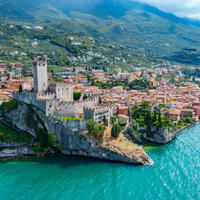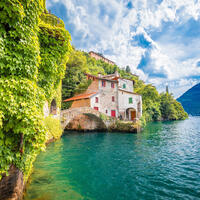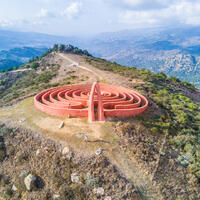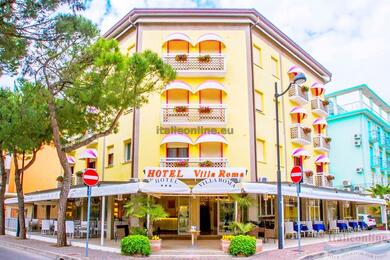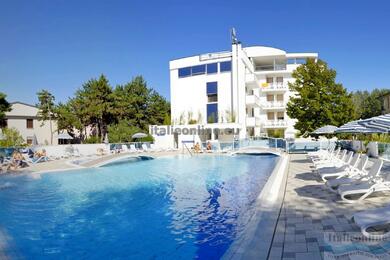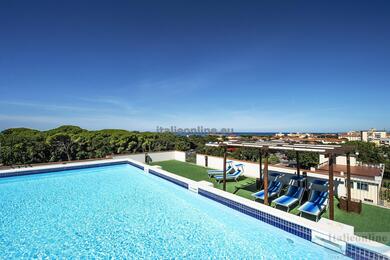It is close to Rimini and other resorts in the Emilia-Romagna region. The state of San Marino has almost no plains or water areas. The economy is mainly based on finance, services and tourism. It is not a member of the EU but uses the euro and has open borders. Get to know San Marino up close with us.
History and politics
San Marino is probably the oldest existing republic in the world. According to legend, it was founded by Saint Marinus, originally a stonemason from the island of Rab (now Croatia) who worked in Rimini. In 301 AD he fled to Monte Titano to escape Roman persecution, where he founded a small church.since then, San Marino has maintained its independence and self-government, although it has been threatened from time to time by various conquests and political changes in neighbouring Italy.
San Marino is a parliamentary republic with two captain-regents who are elected for six-month terms. This unique political system is one of the oldest in the world and symbolizes a long-standing commitment to republican values and independence.
Geography and natural beauty
San Marino is located in a mountainous region with dramatic views and beautiful scenery. The highest point is Monte Titano, which rises to 739 metres above sea level. As well as mountains, there are fertile valleys and picturesque towns. The capital is also called San Marino.

Culture and tourism
San Marino is rich in cultural heritage and traditions. Every year there are many festivals and cultural events that attract tourists from all over the world. The historic centre of the city is a UNESCO World Heritage Site, which testifies to its exceptional value.
The most important monuments of San Marino are the three fortresses (towers) on Monte Titano - La Guaita (11th century), La Cesta (13th century) and Il Montale (14th century). It is these fortresses that are depicted in the national emblem and therefore on the national flag. In La Cesta there is a museum of historical weapons.
Another important and tourist attraction is the Palazzo Pubblico, in front of which there is an hourly changing of the guard in historical uniforms, similar to Prague. The most important religious building is the Basilica di San Marino.

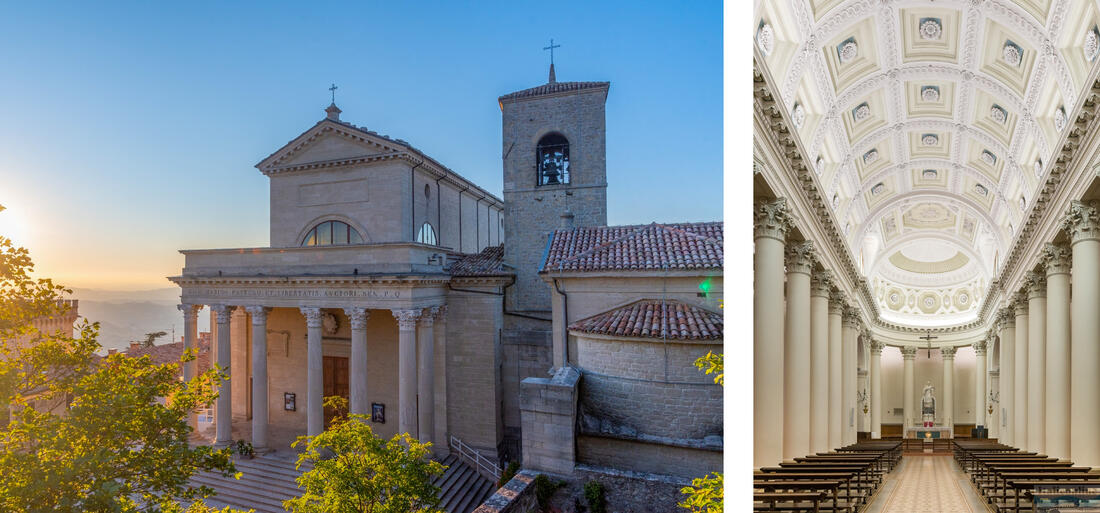
Economy
San Marino has one of the highest per capita GDPs in the world, a testament to its prosperity. In addition, the country maintains a low unemployment rate and a stable economic environment.
San Marino is also famous for its postage stamps and coins, which represent an important source of revenue for the state. Philatelists and numismatists from all over the world consider them to be valuable collector's items. San Marino stamps are not only beautifully crafted, but also often issued in limited quantities, which increases their collectible value.
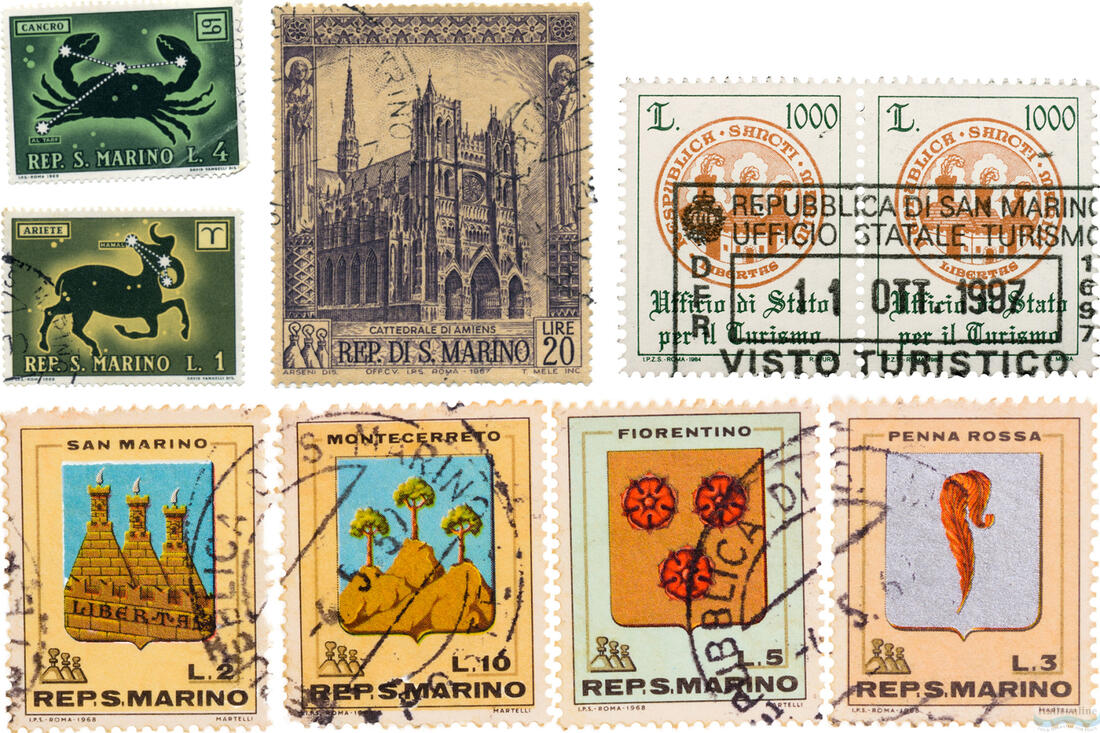
Relations with Italy
San Marino and Italy have strong historical, cultural and economic ties. Despite being completely surrounded by Italy, San Marino maintains its independence and sovereignty. The two countries have a number of agreements that facilitate cross-border movement and economic cooperation.
San Marino does not use its own currency, but the euro, which facilitates trade and tourism. Moreover, thanks to agreements with Italy, San Marino citizens can travel and work freely in Italy and vice versa.
Transport
There is no public airport, only a small private airport near the village of Torraccia and a heliport in the second largest town, Borgo Maggiore.from Borgo Maggiore there is a 1,5 km long cable car to the highest mountain, Monte Titano (756 m). It has two cabins and runs every quarter of an hour throughout the day.
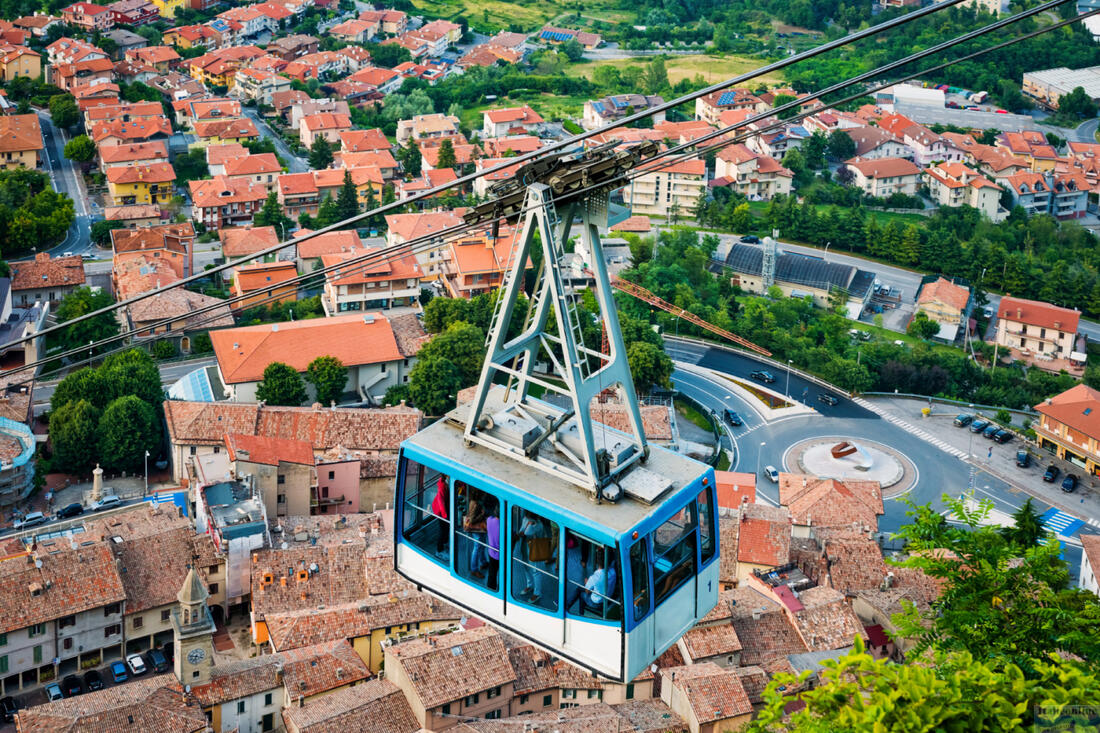
Two rivers flow through the land, but there is no water transport or harbour.
There is no railway, although before World War II a narrow-gauge line ran from Valdragone to Rimini. This was put into operation on 12 June 1932 but was destroyed during the Second World War. Many of the remains of this line, such as bridges, tunnels and stations, have been preserved to this day. Three tunnels are also illuminated and used for pedestrian use.
This small state offers a unique insight into the past and the opportunity to experience something truly authentic and unforgettable. Whether you are a lover of history, nature or culture, San Marino has something to excite and enrich you.


